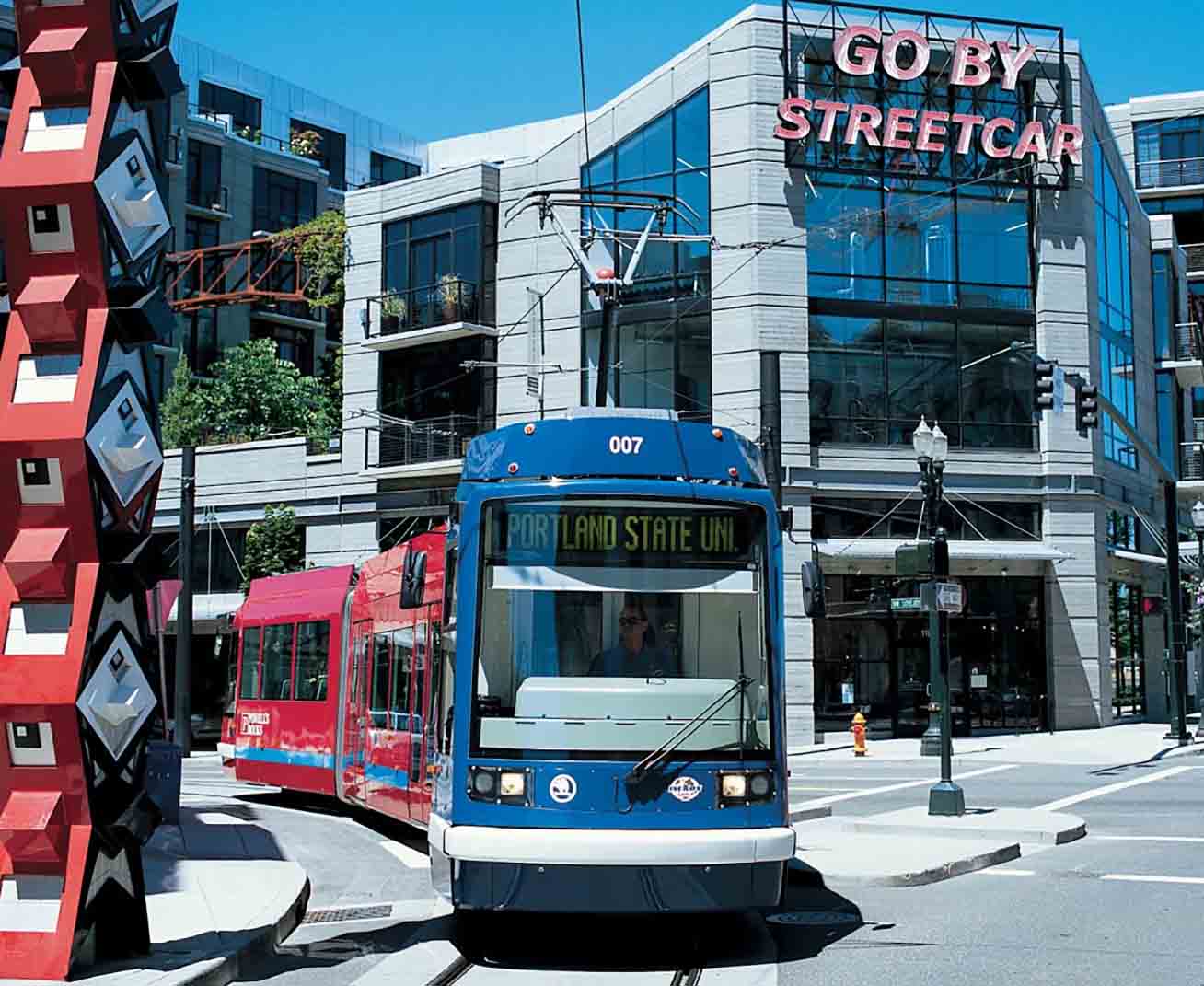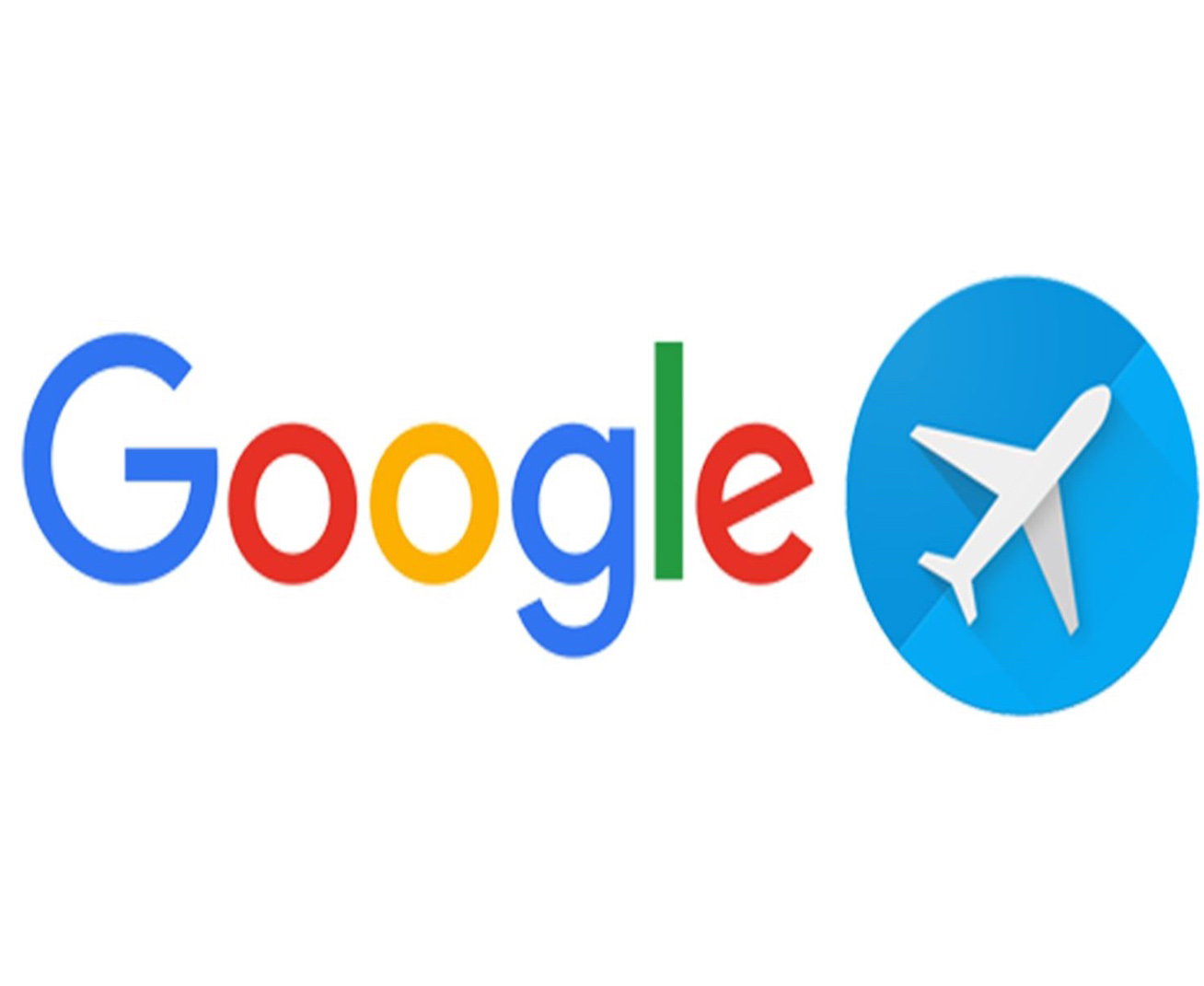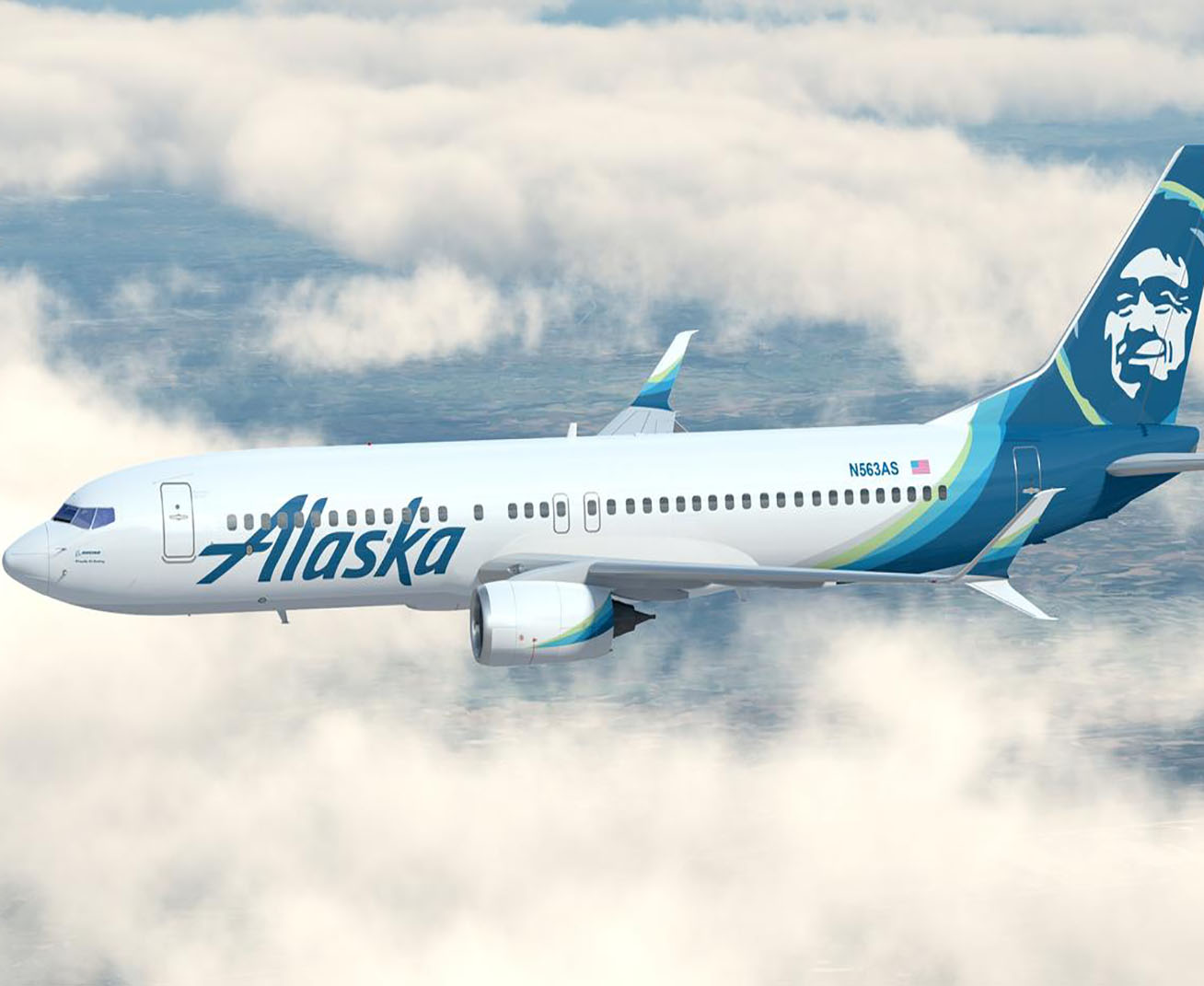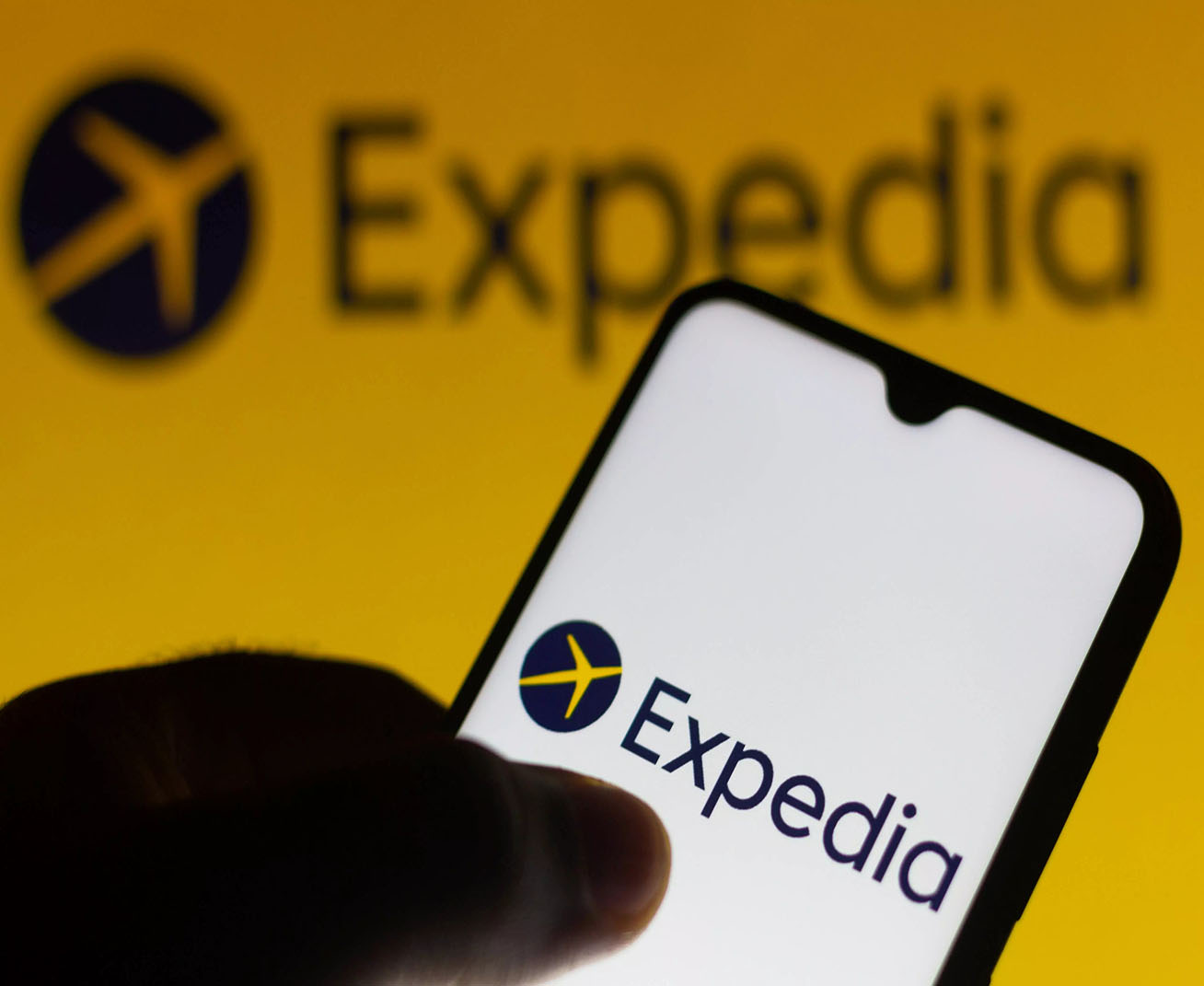The first time I set foot in Portland, I thought I would rely on ride-shares and maybe a rental car. That’s what I usually do in new cities, especially when I’m trying to cover a lot of ground. But Portland surprised me. Its public transportation system is not only functional—it feels like part of the city’s rhythm, like an invitation to experience life at a slower, more connected pace.
I quickly learned that renting a car here isn’t necessary. Between the MAX light rail, TriMet buses, Portland Streetcar, and bike-friendly culture, I could get almost everywhere I wanted to go. And when I discovered how simple the Hop Fastpass transit card made everything, I realized I didn’t just save money—I also felt less stress, moving through the city as if I’d lived here for years.
What I want to share here is a detailed guide to Portland’s transit cards and public transportation, written for anyone who’s visiting for the first time. These are the details I wish I had known before stepping off the plane at PDX.
My First Encounter with Portland Public Transit
When I landed at Portland International Airport (PDX), I was ready for the usual hassle of figuring out ground transportation. Instead, I walked outside baggage claim, followed the signs, and found myself on the MAX Red Line platform within minutes.
There’s something liberating about rolling your suitcase onto a train and knowing you won’t have to worry about parking fees, gas stations, or navigating unfamiliar streets. Within half an hour, the MAX dropped me right into downtown Portland, and my trip began with ease rather than stress.
That moment set the tone for my entire stay: Portland public transit is straightforward, affordable, and built to make a visitor’s life easier.
Understanding the Hop Fastpass: Portland’s Transit Card
The Hop Fastpass is Portland’s all-in-one transit card. It works across MAX light rail, TriMet buses, and Portland Streetcar. The card itself is plastic and reloadable, but you can also use a virtual card on your phone.
Why I Fell in Love with Hop
The first time I tapped my Hop card against a reader, I felt that little thrill of efficiency—no fumbling for cash, no worrying about exact change. The system caps your daily and monthly spending, which means you’ll never overpay:
- Once you spend the equivalent of a day pass (\$5 for adults), the rest of your rides that day are free.
- Once you spend the equivalent of a monthly pass (\$100), every ride after that in the same month is free.
It’s a system designed for fairness, and it feels incredibly tourist-friendly.
Where I Bought Mine
I picked mine up at a convenience store downtown, but they’re available at supermarkets, pharmacies, and transit stations. On later trips, I just downloaded the Hop app on my phone and used that instead—no plastic needed.
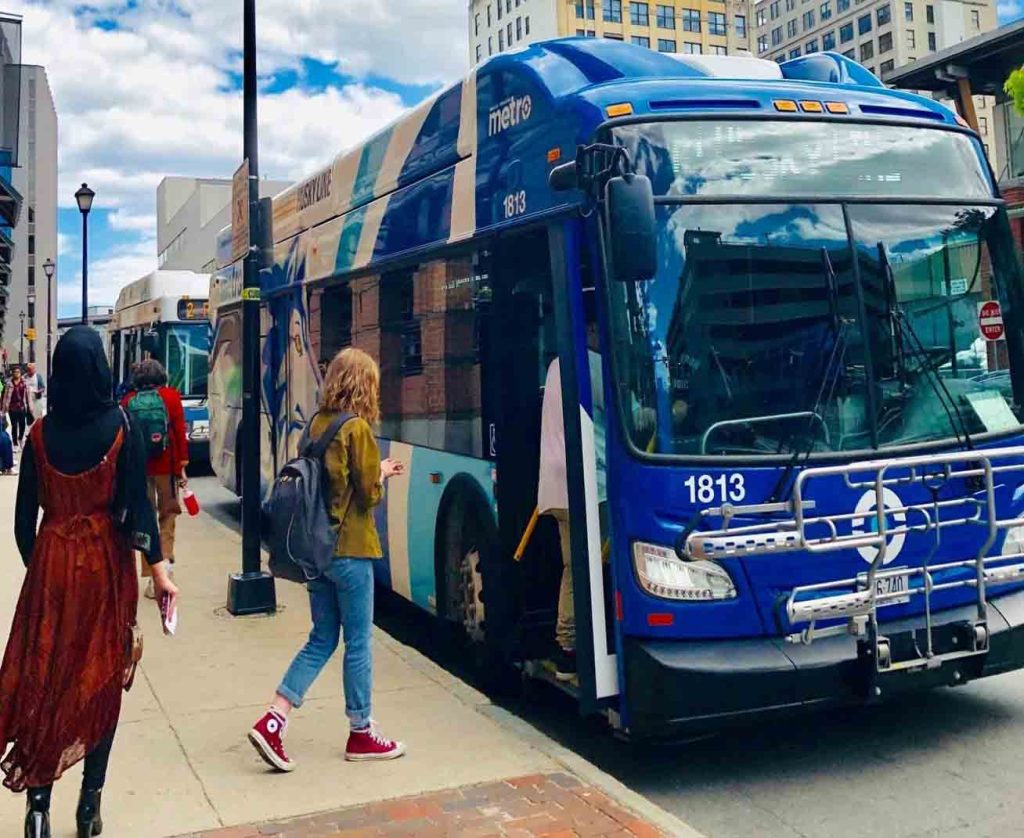
MAX Light Rail: The Backbone of Portland Transit
The MAX (Metropolitan Area Express) light rail is Portland’s pride. With five color-coded lines—Blue, Green, Orange, Red, and Yellow—it connects most of the metro area.
Riding the Red Line from PDX
This line is the one I recommend to every first-time visitor. It goes straight from the airport to downtown in under 40 minutes. My favorite part of that ride is when the plane noise fades and the skyline slowly comes into view.
The Blue Line: East to West
On one of my trips, I hopped on the Blue Line all the way out to Hillsboro. It took me past neighborhoods, parks, and out into the suburban edges of the metro. It wasn’t fast compared to driving, but it gave me a window into Portland life.
A Memorable Ride on the Yellow Line
One sunny afternoon, I took the Yellow Line north to the Expo Center. Along the way, I watched murals and industrial buildings give way to green spaces. It felt like a mini sightseeing tour.
Advice for First-Timers:
- Always tap your Hop card before boarding, even if you have a pass—it’s the rule.
- MAX is on the honor system, but fare inspectors do patrol.
- Trains are clean, safe, and run about every 15 minutes during the day.
TriMet Buses: Filling in the Gaps
If the MAX is the skeleton, TriMet buses are the arteries. They reach corners of the city that the rail system doesn’t.
I used the bus most often when exploring neighborhoods like Alberta Arts District and Hawthorne. The rides weren’t always glamorous—traffic is traffic—but they were reliable and straightforward.
My Tips:
- Download the TriMet app or use Google Maps for real-time bus tracking.
- Some buses have USB charging ports, which felt like a blessing after a long day with my phone camera draining the battery.
- I always sat near the window, watching Portland life play out on sidewalks as we rolled past.
Portland Streetcar: A Gentle Loop Through the City
The Portland Streetcar is slower and more localized than the MAX, but it has its own charm. Running through downtown, the Pearl District, and into Southeast Portland, it feels like a sightseeing ride more than a commuter train.
One afternoon, I rode the streetcar through the Pearl, hopping off at random stops to peek into boutiques and galleries. Another day, I used it to reach OMSI (Oregon Museum of Science and Industry), which turned into an unplanned but wonderful afternoon.
The Hop card covers this too, which means you don’t need to think twice before jumping on board.
Biking and Walking: Completing the Slow Travel Puzzle
Portland is one of the most bike-friendly cities in America. On one visit, I rented a bike through Lime and rode across the Tilikum Crossing Bridge—a car-free bridge designed for pedestrians, cyclists, and transit. The Willamette River sparkled below, and I felt like I was part of Portland’s DNA for that moment.
Walking is equally rewarding. I often planned my routes so I could combine a MAX ride with a neighborhood stroll. That’s how I discovered side streets full of murals, hidden cafés, and parks I wouldn’t have seen otherwise.
How I Combined Transit with Travel Planning
Using public transit means you can stay in almost any part of Portland without worrying about parking. On my trips, I used:
- Booking.com and Expedia to find hotels near MAX lines, which made getting around effortless.
- Skyscanner and Google Flights to plan affordable flights into PDX.
- Viator and GetYourGuide to book tours that began at transit-accessible locations, like walking tours of downtown or food-cart crawls.
- OpenTable and Resy for restaurant reservations close to MAX stops, so I never had to think about parking at busy dining times.
This combination of digital tools and physical transit made me feel like I’d cracked the code to traveling in Portland.
Safety and Comfort on Portland Transit
Friends often ask me if I feel safe riding public transit here. The answer is yes, with a few common-sense caveats. I’ve ridden late at night and early in the morning, and while there are moments when the trains feel quiet and a little lonely, I never felt threatened. Portlanders are generally respectful riders.
My habits:
- I keep my phone tucked away when boarding or disembarking.
- I sit near other riders if a train is nearly empty.
- I always carry a light jacket—those air-conditioned buses can feel chilly.
The overall vibe is community-oriented. I’ve had short conversations with strangers about the weather, about a book I was carrying, even about where to find the best donuts in town.
Advice for First-Time Visitors Using Hop and Transit
If you’re new to Portland, here’s what I’d emphasize:
- Get a Hop Fastpass immediately. Whether on your phone or as a card, it will make every ride seamless.
- Use Google Maps. Transit directions are integrated and accurate in Portland.
- Stay near a MAX line. It makes airport access and downtown exploration easy.
- Embrace spontaneity. If you see something interesting out the window, hop off and explore—you can always catch the next train.
- Don’t be afraid of buses. They’re slower but reach fantastic neighborhoods.
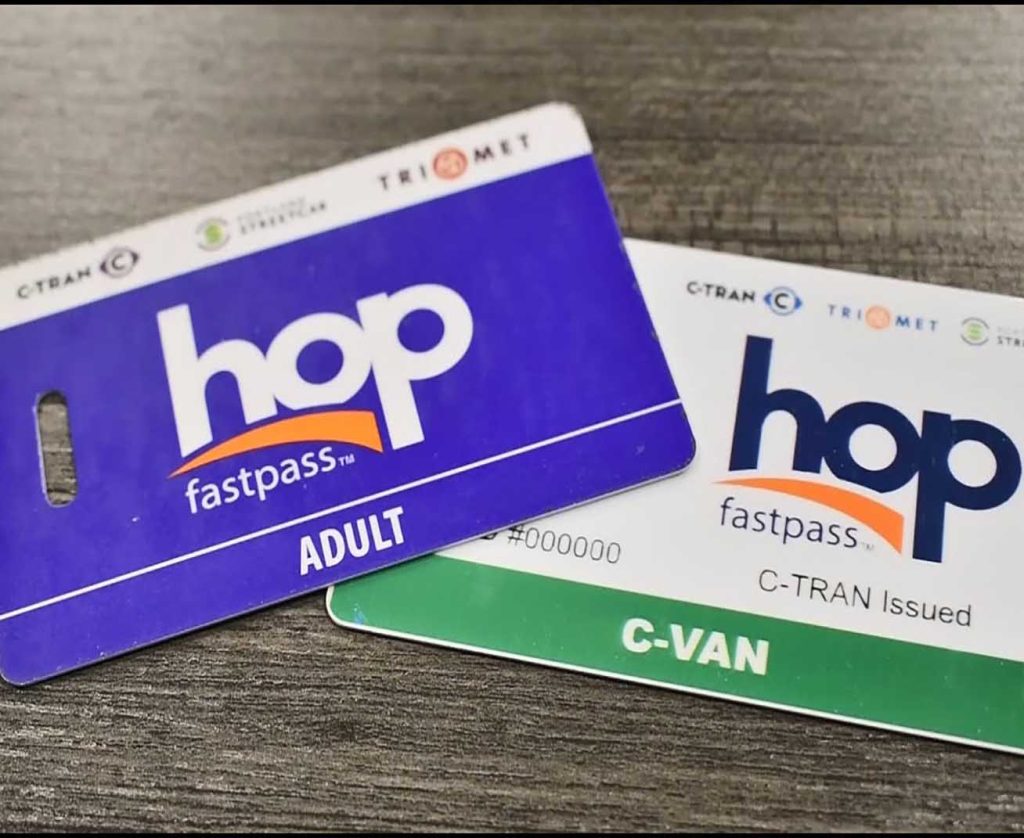
A Day in Portland Using Only Public Transit
One of my favorite memories was challenging myself to spend an entire day relying only on transit.
- Morning: I took the Red Line from my hotel near the airport to downtown, then switched to the Blue Line to reach Washington Park. I spent hours wandering the Japanese Garden and the Rose Garden.
- Afternoon: I caught a bus to Hawthorne Boulevard, where I browsed vintage shops and grabbed lunch at a food cart.
- Evening: I hopped on the Streetcar through the Pearl District, stopping at Powell’s City of Books. I ended the night at a brewery near NW 23rd, then caught a bus back toward my hotel.
I didn’t once feel constrained. Instead, the transit routes became part of my adventure.
Why I Choose Transit Over Driving in Portland
I’ve rented cars in Portland before, and I can tell you: parking is expensive, downtown streets are tight, and traffic during rush hour can be frustrating. Public transit freed me from all of that. I spent less money, had more authentic encounters, and felt more connected to the rhythm of the city.
There’s also a sustainability angle. Portlanders care about the environment, and by taking transit, I felt like I was contributing in a small way to that culture of care.
When Transit Becomes Memory
Looking back, some of my fondest Portland memories aren’t just in the places I visited, but on the rides in between. Watching the sun set over the Willamette River from a MAX window. Hearing a busker sing on a streetcar platform. Sharing a laugh with a fellow passenger over a broken umbrella on a rainy day.
Public transit here isn’t just a way to move from A to B—it’s a way to experience Portland itself.
